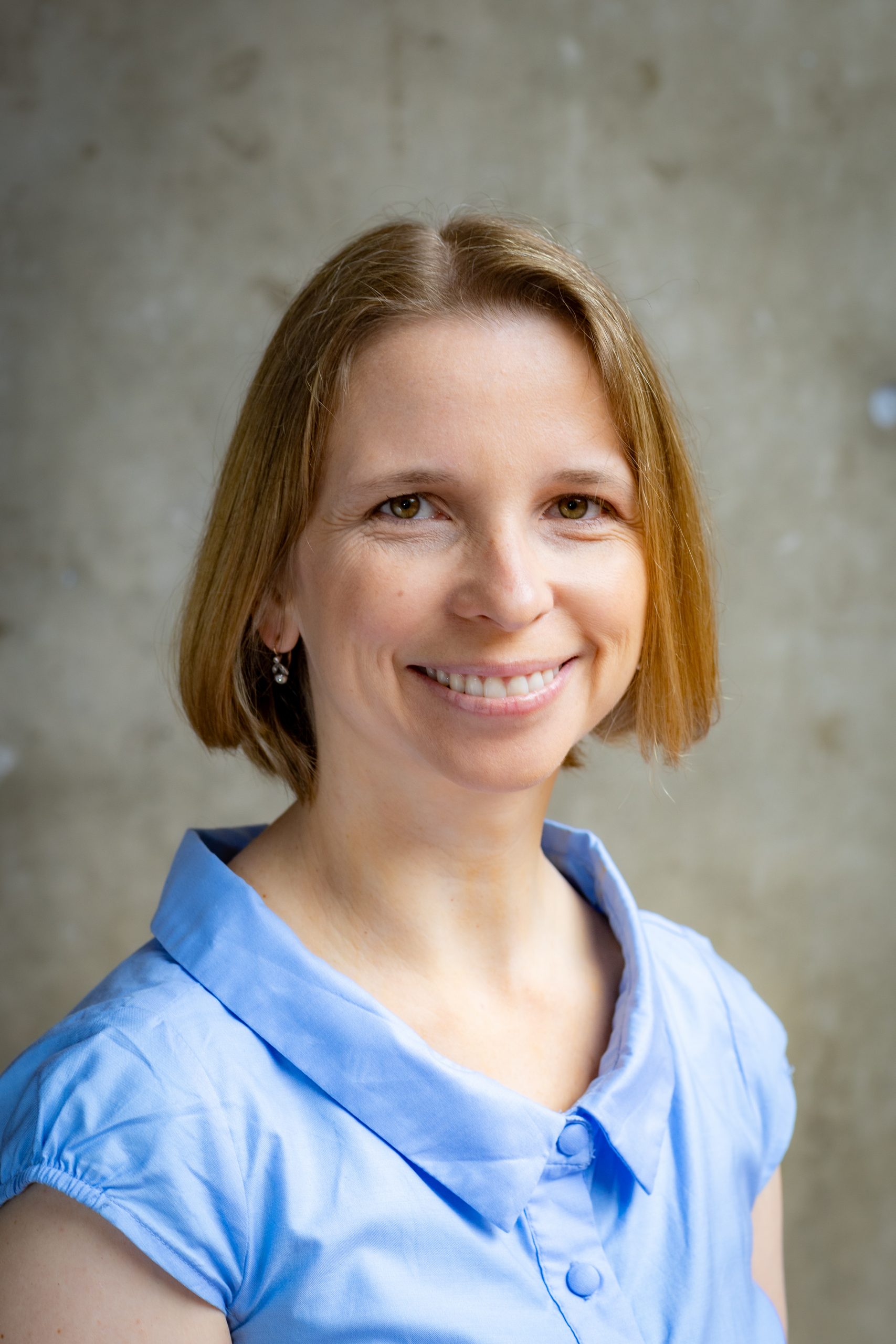Algebraic knot theory
Lecturer
Associate Professor Zsuzsanna Dancso, University of Sydney
Synopsis
Knots are everywhere: in the strings of our DNA, in the structure of super-strong materials, and in mathematics, where knots are lurking behind all three-dimensional shapes. This course covers the modern algebraic and combinatorial tools in knot theory known as quantum invariants, and their rich connections to Lie theory and quantum algebra.
Quantum topology was born in the late 80’s of the need for a rigorous mathematical framework for profound new ideas which entered mathematics from theoretical physics. The initial goal was to use the resulting mathematical structures to compute new quantities – invariants – which can distinguish of between knots and manifolds. The Fields medal winning “parents” of quantum topology — Witten, Drinfel’d, Jones, and Kontsevich – all worked primarily in different fields: theoretical physics, algebra and number theory, analysis, and geometry. The deep connections between these fields and low-dimensional topology created vast possibilities for new insights via cross-disciplinary application of techniques.
This course will cover the key techniques and invariants which arose from this revolution: the seminal Jones polynomial, Vassiliev invariants, the Kontsevich integral, and weight systems, as well as some of the resulting breakthroughs in low-dimensional topology.
We will also learn about how quantum invariants connect low dimensional topology to quantum algebra: the combinatorial construction of the Kontsevich Integral using Drinfel’d associators, and the modern perspective on universal quantum invariants, viewing them as “formality isomorphisms” of finitely generated tangle algebras, drawing parallels with rational homotopy theory and group theory.
We’ll investigate a range of examples of structure-preserving formality isomorphisms from the easy (welded braids) through the hard (knots, welded foams). We’ll analyse how these invariants act as bridges to various branches of algebra, again from simple (exponential maps) to complex (tensor categories, Lie theory). We will learn to use these connections to import tools and theorems from topology to algebra and vice versa, and explore areas where this could be further exploited.
Course Overview
Week 1:
- Introduction to quantum topology and its impact on knot theory
- Algebraic structures and operations
- Generators and relations
- Braids and knots as algebraic structures
Week 2:
- Gradings and filtrations, associated graded algebras
- The Vassiliev filtration
- The associated graded algebra of knots: the chord diagram algebra
- Formality in algebra
Week 3:
- Formality for knots: the Kontsevich Integral
- Vassiliev (finite type) invariants and the Jones polynomial
- Weight systems
- Finite presentations: why are braids and tangles better than knots?
Week 4:
- Equations for universal quantum invariants
- The Kontsevich integral and Drinfel’d associators
- Four-dimensional tangles and Lie theory
- Research questions
Prerequisites
- Second year undergraduate mathematics: linear algebra with proofs (vector spaces, linear transformations), and multivariable calculus.
- A first course in abstract algebra (groups, rings, fields) would be a significant asset. If you have not taken such a course, you can substitute the pre-reading: please devote a few weeks to digesting it.
Students with three completed years of undergraduate mathematics – or two completed years plus pre-reading – will be well positioned to enrol in this course.
Assessment
- 1 Group Project – 10%
- 2x Assignments – 20% each
- Take home exam – 50%
Attendance requirements
TBA
Resources/pre-reading
For Algebraic Knot Theory you will need basic familiarity with abstract algebra (groups and rings). We will briefly review concepts, but it will be too fast to follow and internalise if you’re new to them. If you haven’t seen this material before, I recommend investing a chunk of time in digesting the suggested reading below, including doing a number of exercises. If you have taken an abstract algebra course (eg, group theory, ring theory, or Galois theory), then a quick review will suffice.
I have two suggestions for books for you to choose from. Dummit and Foote is aimed at a slightly higher level, often used as a graduate text, while Artin is slightly shorter, aimed at an advanced undergraduate level. Both include nice problem sets for you to try your hand at. If you have easier access to one than the other, by all means go for the one you can get your hands on; both are excellent textbooks.
Dummit and Foote: Abstract Algebra
Chapters 1.1, 1.2, 1.4, 1.6, 2.1, 2.4, 3.1, 6.3, 7.1, 7.2, 7.3, 7.4
Artin: Algebra
Chapter 2 (all sections), and Chapters 7.9, 7.10, 11.1, 11.2, 11.3, 11.4
Not sure if you should sign up for this course?
Take this QUIZ to self-evaluate and get a measure of the key foundational knowledge required.

Associate Professor, Zsuzsanna Dancso, University of Sydney
Zsuzsanna Dancso is an Associate Professor of pure mathematics at the University of Sydney, working primarily in quantum topology. She is interested in problems at the rich interface of knot theory, algebra and combinatorics, and translating techniques across these areas.
Zsuzsanna grew up in Hungary and completed her PhD at the University of Toronto, followed by a series of post-doctoral positions at leading mathematical research institutes in North America (Institute for Advanced Study, Mathematical Sciences Research Institute, Fields Institute). She moved to the Australian National University as a Research Fellow in 2015, and joined the University of Sydney in 2017. Zsuzsanna enjoys sharing her love of mathematics, research and collaboration with students at all levels, and runs a popular student seminar “Knot at Lunch”. Outside of work, Zsuzsanna enjoys baking, cooking and sharing meals with her family, and loves all things theatre.
